High Elevation vs. Low Elevation Teas: How Geography Can Change the Way Your Tea Tastes
Nepal isn't nicknamed the "roof of the world" for nothing. This incredible country packs a massive punch of geographical variety within its borders. Imagine traveling from steamy subtropical plains to the foot of the world's tallest mountains, all within a relatively short distance!
Take, for example, the neighboring districts of Ilam and Jhapa in eastern Nepal. Jhapa sits in the Terai region, a land of flat plains and a subtropical climate. Lush green fields of rice, sugarcane, and tea dominate the landscape, nourished by the region's many rivers. This fertile environment teems with diverse wildlife and supports a thriving agricultural industry.
Just a stone's throw north lies Ilam, nestled in the foothills of the mighty Himalayas. The landscape transforms dramatically, with rolling hills carpeted in terraced tea gardens, orchards, and dense forests. The climb in elevation brings a cooler, more temperate climate. Refreshing breezes and wispy mists add to the enchanting atmosphere. Ilam is world-renowned for its high-quality tea, produced in its picture-perfect setting. But don't underestimate the tea from neighboring Jhapa! Despite their close proximity, these districts boast distinct tea cultures due to the dramatic change in elevation. The warmer temperatures in Jhapa favor different tea varieties compared to the cooler climes of Ilam.
Nepal's diverse geography offers a unique experience for every traveler. Whether you seek the warmth of the plains or the cool embrace of the foothills, this remarkable country has something to offer everyone. So, come explore the contrasting landscapes of Nepal and discover a world of wonder within a single step.
So what’s the difference in their tea? How does elevation affect the flavors in your cuppa? Let’s find out!
High Elevation Teas: The Essence of Himalayan Heights

At altitudes above 1,500 meters, Ilam’s terrain is rugged. There the air is thinner, and the climate cooler. These conditions create an environment that is ideal for cultivating high-quality tea, characterized by slow growth and concentrated flavors. In Eastern Nepal, regions such as Ilam and Panchthar are renowned for their high elevation tea gardens.
Such high elevation tea gardens benefit from the unique terroir of the Himalayas. The soil is rich in minerals, thanks to millennia of geological processes and the decomposition of organic matter. This mineral-rich soil imparts a distinct depth and complexity to the tea leaves, resulting in a flavor profile that is often described as earthy and robust.The colder temperatures at higher altitudes slow down the growth of tea bushes. This slow growth allows the tea leaves to develop more nuanced flavors, as they have more time to absorb nutrients from the soil and sunlight. As a result, high elevation teas are often prized for their delicate aroma and subtle taste notes.
This is the reason why high elevation teas are celebrated for their complexity. They often exhibit a delicate balance of floral, fruity, and vegetal notes, with hints of sweetness and a lingering finish. Each sip is a journey through layers of flavor, reflecting the pristine environment in which the tea was grown.
Low Elevation Teas: The Charm of CTC teas

As we descend the landscape transforms into lush valleys and verdant plains. Here, at altitudes below 1,000 meters, the climate becomes warmer and more humid, creating conditions that are conducive to a different style of tea cultivation. Terai and Jhapa are among the regions in Eastern Nepal known for their low elevation tea gardens.
Low elevation teas are prized for their rich aroma, which is often more pronounced than that of their high elevation counterparts. The warmer temperatures and higher humidity levels enhance the release of volatile compounds in the tea leaves, resulting in a fragrance that is intense and inviting. Unlike high elevation teas, which tend to be more subtle, low elevation teas are known for their full-bodied flavor. Lower elevation tea bushes tend to produce larger and coarser leaves compared to those grown at higher altitudes. These larger leaves are less delicate and are better suited for the CTC manufacturing process, which involves crushing, tearing, and curling the leaves into small, uniform particles.
The climate in lower elevation regions typically yields teas with stronger, bolder flavors, which are well-suited for the robust taste profile associated with CTC tea. The intense flavor of CTC tea makes it popular for use in tea bags and blends, as it can withstand the longer brewing times and mixing with other ingredients.CTC processing is more efficient and cost-effective for larger-scale tea production, making it a preferred method for processing tea from lower elevation regions where production volumes are often higher. The CTC method also helps to standardize the quality and flavor profile of the tea, making it more consistent and marketable for mass consumption. Overall, these factors contribute to the prevalence of CTC processing for tea from lower elevation regions.When brewed, low elevation teas yield a vibrant infusion that is deep amber in color.
In Eastern Nepal, the stark contrast between high elevation and low elevation teas reflects the region's diverse geography and microclimates. From the rugged slopes of the Himalayas to the fertile plains of the Terai, each cup of tea tells a story of the land from which it originates.
Whether you prefer the delicate complexity of a high elevation tea or the bold richness of a low elevation brew, one thing is certain: Eastern Nepal offers a tea experience like no other. So, the next time you savor a cup of Nepali tea, take a moment to appreciate the journey it has taken from the heights of the Himalayas to your teacup, and let its flavors transport you to the enchanting landscapes of Eastern Nepal.




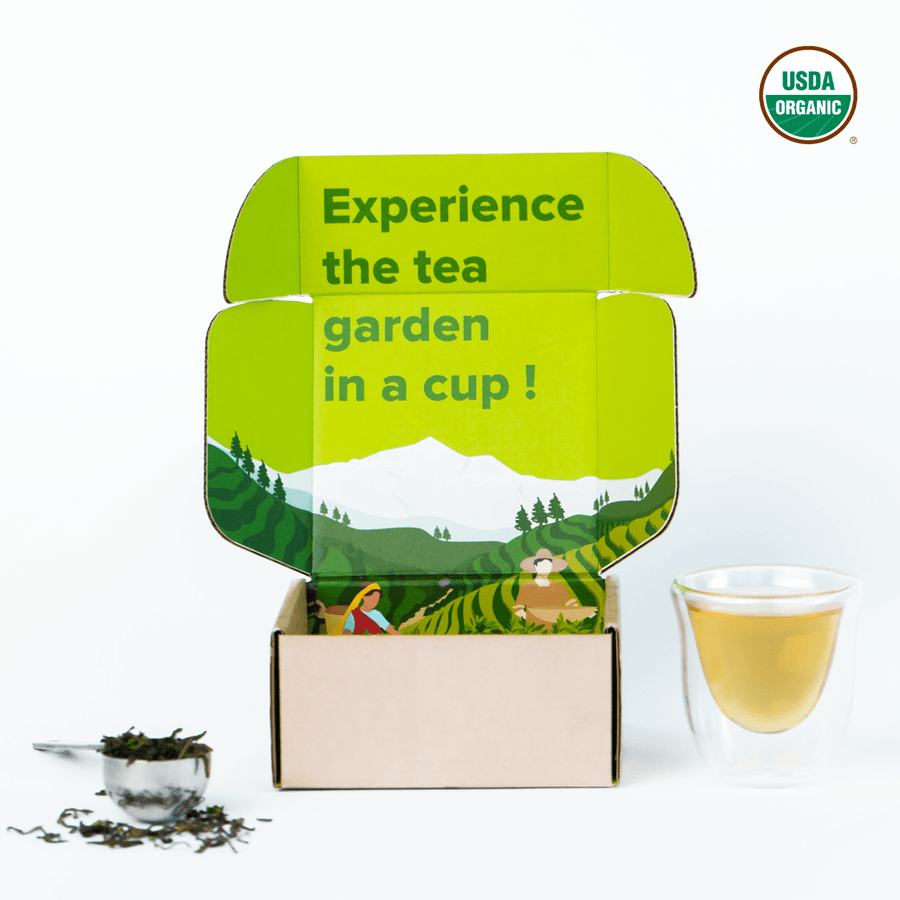

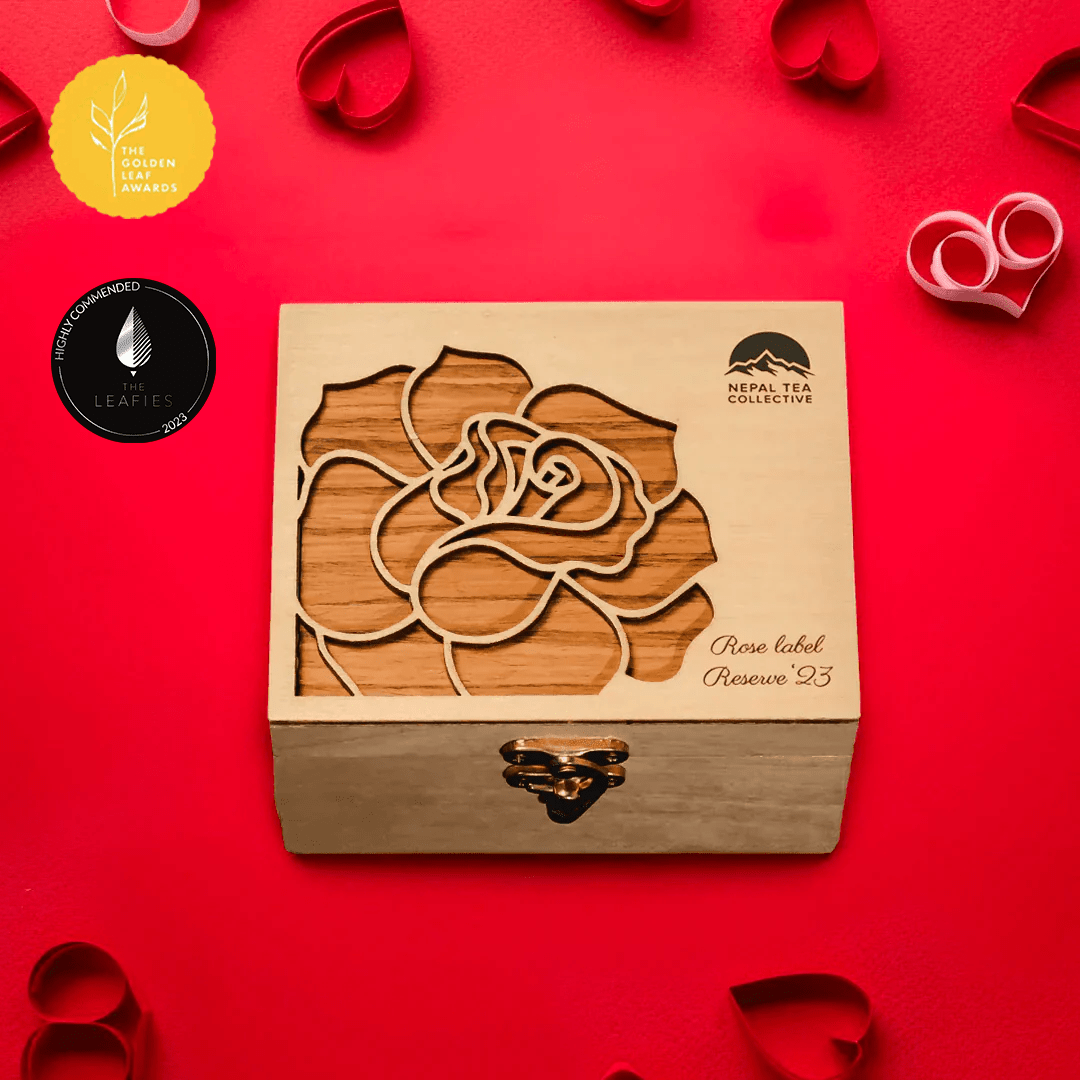

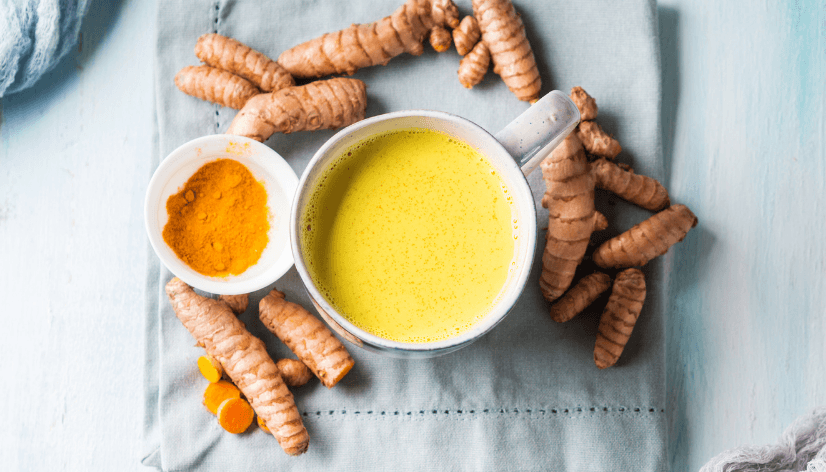





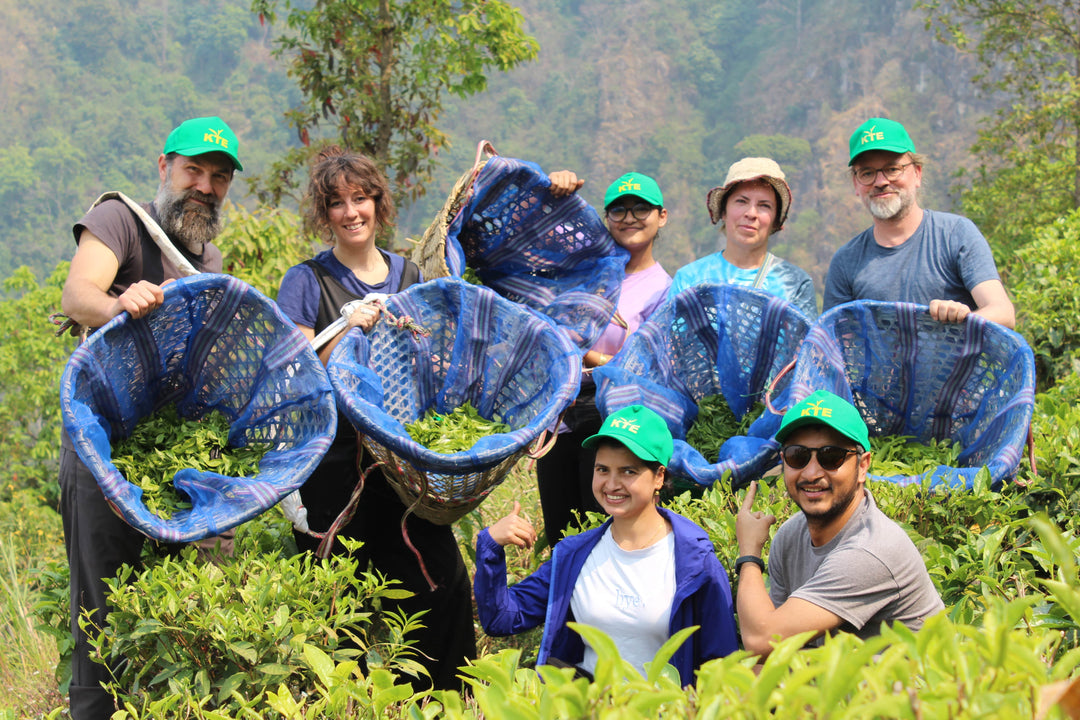
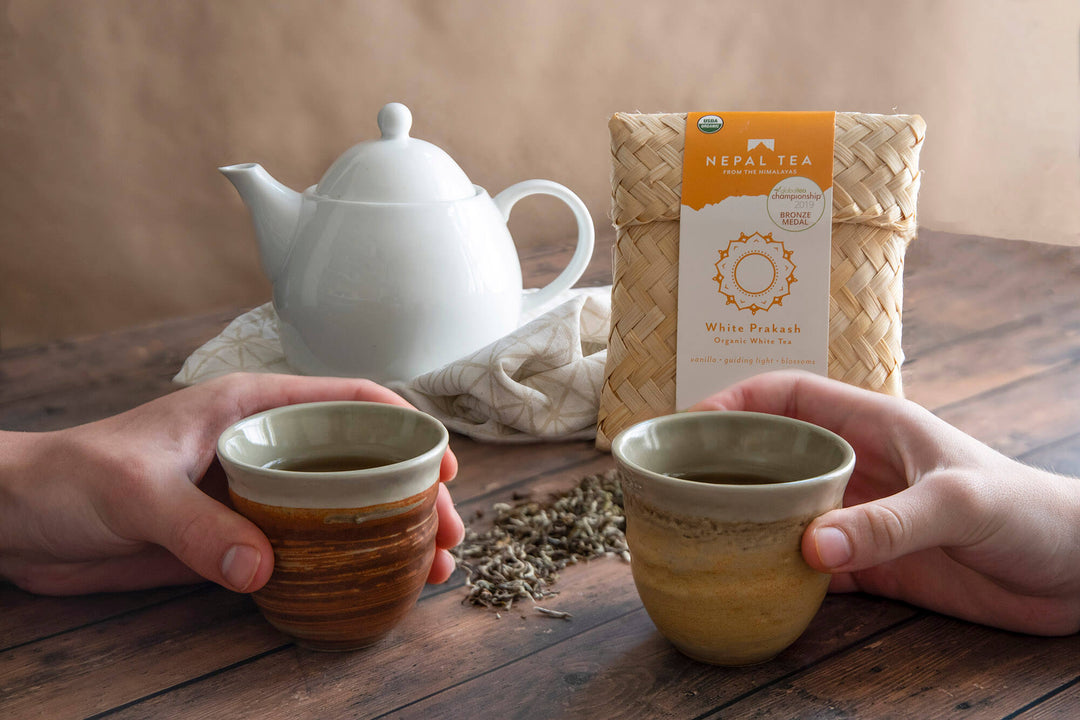
Leave a comment